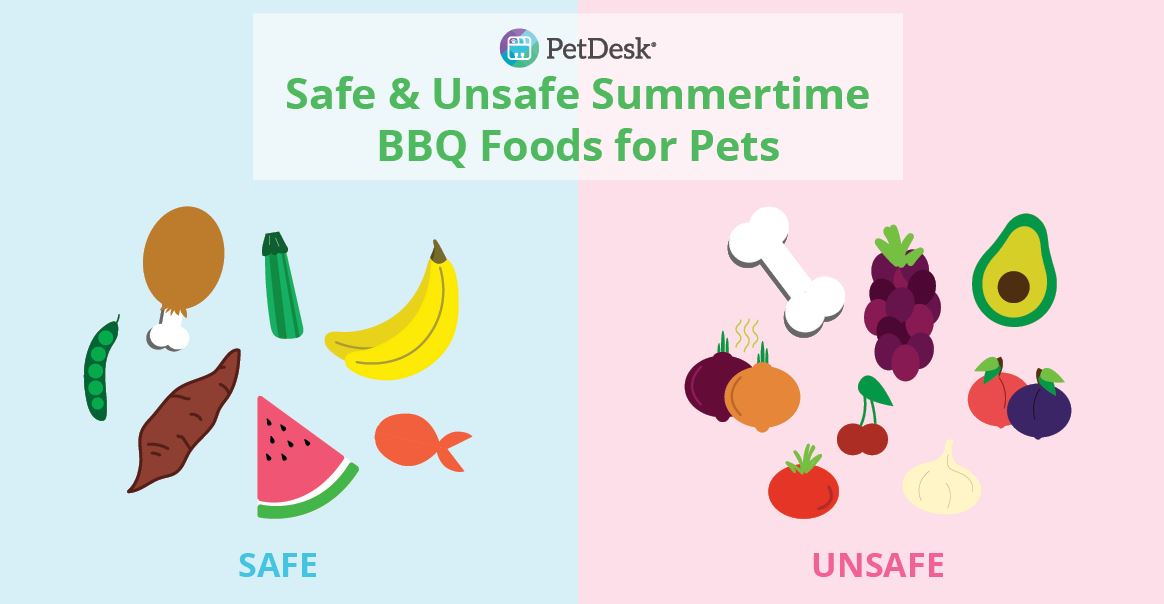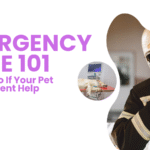 View Post
View Post
Have you ever caught your dog excitedly chasing its tail or your cat leaving a “gift” on your doorstep? Pets often exhibit unusual quirks that leave us puzzled, wondering, Why do they do that?
Understanding these unique habits helps deepen the bond you share with your furry friends and ensures their emotional and physical needs are met. This guide will walk you through some of the most common behaviors in dogs, cats, and small animals, offering insights and tips for better communication with your pets.
Common Dog Behaviors Explained
Dogs are often called man’s best friend, but sometimes their antics can be a mystery. Here’s a breakdown of a few quirky canine behaviors:
1. Tail Chasing
That spinning dog show might look amusing, but why do dogs chase their tails?
Often, it’s a form of play or a way to release pent-up energy. However, excessive tail chasing can be a sign of boredom or even obsessive-compulsive behaviors. Providing ample exercise and mental stimulation can curb this habit.
2. Excessive Licking
Does your dog lick you constantly? While this might feel like affection, licking can also be a way for dogs to soothe themselves or communicate. If the licking is targeted at themselves and excessive, it could indicate allergies or anxiety. Consulting a vet is a good idea if you’re unsure.
3. Digging
From uprooting the garden to creating holes in the yard, digging is common in dogs. Why? It’s mostly instinctual. Some breeds, like Terriers, have a natural drive for digging as part of their hunting roots. Other causes may include boredom, anxiety, or trying to cool themselves down. Offering designated digging areas or engaging toys can redirect this behavior.
Common Cat Behaviors and Their Meanings
Cats have a unique way of expressing themselves, often leaving their human companions scratching their heads. Here are some feline habits explained:
1. Kneading
Ever noticed your cat pressing its paws rhythmically into your lap? This behavior, called kneading, harks back to kittenhood when they kneaded their mother’s belly to stimulate milk flow. It’s a sign of comfort and affection.
2. Scratching
Cats scratch to sharpen their claws, mark their territory, and stretch their muscles. To prevent your furniture from becoming a scratching post, invest in cat-specific scratchers and encourage your feline to use them instead.
3. Bringing “Gifts”
Receiving a dead mouse or a bird might make you shudder, but it’s your cat’s way of showing appreciation. Cats are natural hunters, and bringing you their prey is a gesture of sharing the hunt with their family.
Unpacking Small Animal Behaviors
Small pets, like hamsters and rabbits, may seem simple, but they possess fascinating behaviors that reveal a lot about their needs and emotions.
1. Chewing
Hamsters, rabbits, and other small animals are known for their love of chewing. It’s more than just a hobby; it’s essential for maintaining their dental health. Provide safe chew toys and appropriate materials like wood blocks to keep their teeth healthy and their minds occupied.
2. Hiding
Rabbits and hamsters instinctively hide as a defense mechanism. If your small pet hides often, it may indicate stress, fear, or a need for more hiding spaces in their habitat. Create a calming environment and provide quiet areas to help them feel secure.
3. Wheel Running
That squeaky wheel might keep you up at night, but for hamsters, running is a natural way to burn energy. Ensure the wheel is the right size and avoid solid plastic wheels that could cause harm.
When to Seek Expert Advice
While many pet behaviors are completely normal, some can signal deeper issues. According to The Vet On Main, it’s essential to monitor for:
- Sudden changes in behavior
- Signs of pain or distress
- Excessive licking, scratching, or hiding
When in doubt, consulting a veterinarian can provide valuable insights, ensuring your pet stays happy and healthy.
Building a Stronger Bond with Your Pet
Your pet’s habits are their way of communicating with you. The more you understand their unique behaviors, the better equipped you’ll be to meet their needs. Whether it’s playfulness in a dog, the independent nature of cats, or the quirky movements of small animals, each habit tells a story.
Curious about your pet’s peculiar antics? Share this article with fellow animal lovers to help everyone understand why #UnderstandingYourPetMatters. Together, we can all ensure our pets live their best lives! 🐾
 View Post
View Post













